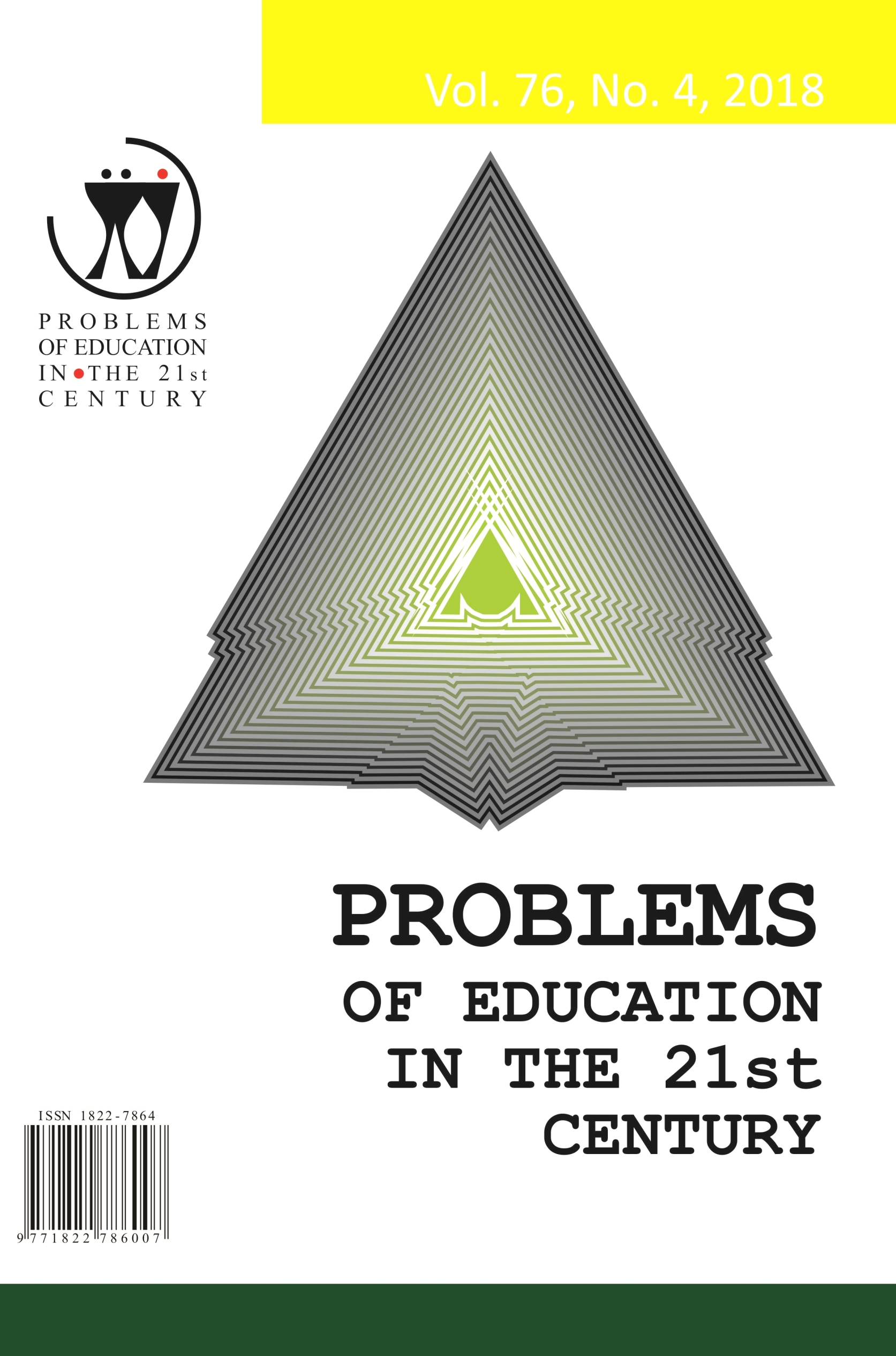DETERMINANTS OF LATENT PROFILES IN HIGHER-ORDER THINKING SKILLS OF KOREAN UNIVERSITY STUDENTS
DETERMINANTS OF LATENT PROFILES IN HIGHER-ORDER THINKING SKILLS OF KOREAN UNIVERSITY STUDENTS
Author(s): Soo Eun Chae, Mi-Suk LeeSubject(s): Education, Higher Education
Published by: Scientia Socialis, UAB
Keywords: higher-order thinking skill; latent profile analysis; multinomial logistic analysis;
Summary/Abstract: Past research on higher-order thinking (HOT) was mainly conducted on the bases of educational context in U.S. or western countries. This research aimed to see what kinds of HOT styles actually appear in universtiy students in South Korea. The use of HOT skills were explored in Korean universtiy students and the factors influencing the classification were examined. 1,138 Korean university students were called to respond to Lee’s (2016) Higher-Order-Thinking-Scale for Korean University Students (HOTUS). Then, a latent profile analysis and the multinomial logistic analysis were conducted. The latent profile analysis revealed that the use of HOT skills could be classified into four classes (i.e., a lower-order thinking class, a creative-argumentative class, an analytical-caring class, and a higher-order thinking class). Gender, year, and instructional approach were the determinants of latent profile types. However, there were no differences when measured by academic fields. Students with lower years were likely to fall under lower-order thinking class. The probability that men was classified as a caring class was statistically significantly lower than that of women. Students who received lecturer-centered learning were more likely to fall under the analytical and caring class.
Journal: Problems of Education in the 21st Century
- Issue Year: 76/2018
- Issue No: 4
- Page Range: 483-498
- Page Count: 16
- Language: English

